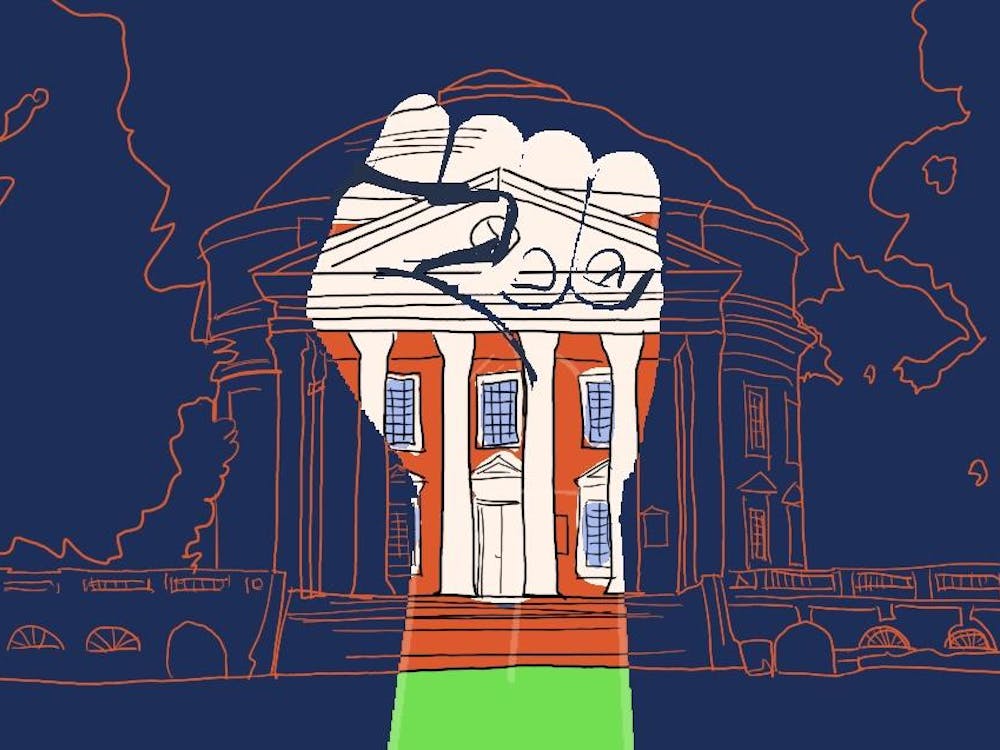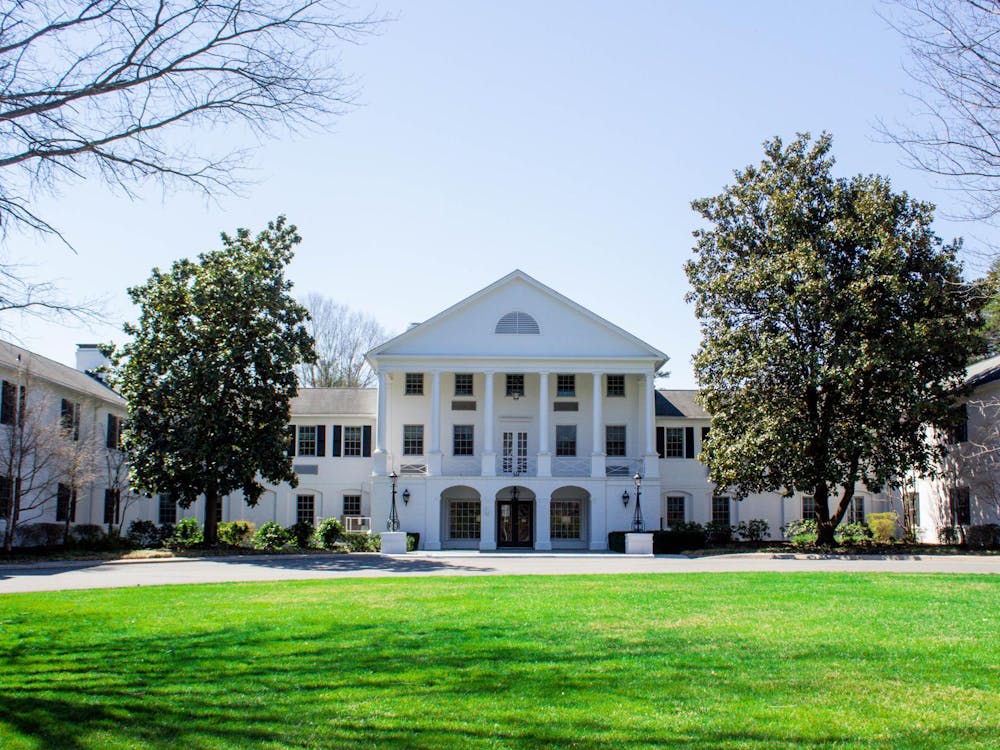In her Opinion piece from last week, my fellow columnist Lauren Jackson argues we should think critically about how the University’s image is perceived. She emphasizes that we need to be more realistic about our standing in the “hierarchy of collegiate brands” because we far too often see ourselves as more prestigious than we really are. Jackson correctly points out that our brand is sometimes overrated. Considering the vast amount of negative media attention the University has received this past school year, it is crucial that we act carefully and swiftly to preserve our image while at the same time working to build our brand. Only then can our brand “transcend regional influence,” something Lauren concludes the University has yet to do. I will argue why this should be our future goal.
Changes are and will continue to be made from the top down as well as, more importantly, from the bottom up to fix the image we portray to the world. Once we put the past behind us, our image will repair itself, and the next logical step is to build up our brand. My argument differs from Jackson’s in this respect because I stress that in addition to analyzing how our image is perceived, we must work next school year and in those to come on improving the brand we expose to the world outside of the University bubble. This improvement can be achieved in a variety of ways.
One way we can improve our brand is by striving to increase the University’s graduation rate. Although we boast a very respectable 87.1 percent four-year graduation rate, this does not even land us in the top 25 of all universities. Although I am no expert on how we should go about increasing this percentage, it may be achieved through working to improve our faculty-student and student-student academic support networks. This goal to increase graduation rates extends to minority groups as well, such as the University’s African American graduation rate, which sits at 82.8 percent. It is true that this is “one of the highest” rates among major public institutions in America, better than both the University of Michigan and University of California, Berkeley; however, to take our brand the next step, we must work to catch up to other high-ranking universities.
Another key point is the prospect of increasing the percentage of out-of-state students, a topic I focused on in one of my articles in 2013. Currently, it is Virginia law that institutions “shall not increase the current proportion of nonresident undergraduate students” if the nonresident enrollment is greater than 25 percent. Although some politicians might push to impose a required 25 percent nonresident cap on Virginian institutions, the first step toward achieving the goal of an increase in nonresident students is to repeal this law currently restricting the University, since it already is made up of 32 percent out-of-state students.
Though my article largely emphasized the need for out-of-state students both for funding and prestige purposes, non-Virginian students also are significant in that they will help the University further its nationwide and even worldwide brand. This starts with our international student population, which is rather low compared with other high-caliber universities. Five percent of University students are foreign nationals, which barely cracks the top 100 universities in the United States. Among the many Ivies and other top academic schools that are over 10 percent international include public schools like the University of Iowa, University of Washington and UC Berkeley. It is time for the University to increase its international presence and in doing so improve our worldwide brand.
We face undeniable disadvantages in building our brand. The largest disadvantage specifically is trying to keep up with high-caliber private institutions and their often superior funding. This larger funding can go toward hiring esteemed faculty or developing more academic programs. Either way, it is difficult as a public institution to compare ourselves with top private institutions. This, however, is what we must strive to do. Through efforts such as increasing our international students, graduation rates and ethnic diversity, we can seek to improve our brand and reach the point where we are comparable to top private institutions. There are already a variety of areas in which we excel, such as our extremely high first-year retention rate of 97 percent, but there is always room for improvement. For our school to truly become relevant beyond just the mid-Atlantic region, developing our brand must be a central concern.
Jared Fogel is an Opinion columnist for The Cavalier Daily. He can be reached at j.fogel@cavalierdaily.com.






